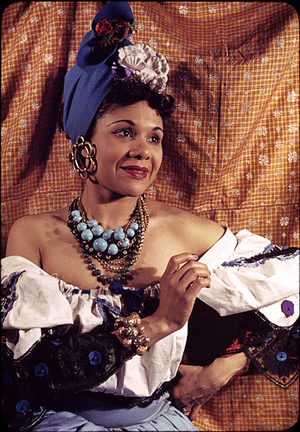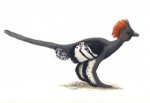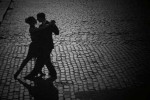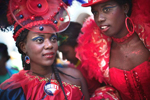George Gershwin’s ‘Cuban Overture’
By Josefina Ortega
Granma
When George Gershwin (1898-1937) traveled to Havana in February of 1932, he was enjoying well-deserved popularity and fame, having composed his acclaimed pieces Rhapsody in Blue and An American in Paris.
Nevertheless, Cuban journalists didn’t give his arrival the attention it deserved. It is true that the lack of coverage was not entirely their responsibility since the brilliant musician preferred anonymity during his two-week vacation on the island.
In any event, an article in the February 20 edition of El Mundo that year reported that Gershwin enjoyed his compatriot dancer Ruth Page’s artistry from a box in the city’s auditorium and that,
“As a special recognition for Gershwin — the young composer who was present in the theater and received a warm welcome — Ruth Page danced Prelude in Blue, as an added feature on the program.”
El País likewise referred to the event on this same date,
“Prelude in Blue, danced in honor of the composer Mr. Gershwin who was in attendance, brought a round of applause for the artist and the musician who greeted the audience, acknowledging the affectionate welcome.”

Dancer, choreographer, and modern-dance innovator Ruth Page (1899-1991), about whom a critic wrote: “She starts as a dancer by being a musician…. Upon music she put the pattern of her dance,… always effective and exciting.”
These two mentions are minimal given the unquestionable talent of the man who in 1924 premiered Rhapsody in Blue in New York, to the delight of audiences, making Gershwin the best known composer in his country. His reputation was further enhanced with his next creation, Porgy and Bess,whichAlejo Carpentier described as unique and unprecedented in the history of modern musical performance.
The scant attention given his visit to Cuba in the press did not prevent the residents of Havana from expressing their admiration for the important U.S. artist who was often seen accompanied by Cuban greats of the era, such as Ernesto Lecuona, Alejandro García Caturla, Amadeo Roldán and Félix Guerrero.
So it was that one good day, Gershwin, infatuated with Cuban rhythms, was taken to the CMCJ radio station where the Ignacio Piñeiro Septet was broadcasting a live performance. He immediately struck up a friendship with Piñeiro and took some musical notations of his works.
His ideas for the Cuban Overture were thus born, at first called Rumba, taking off from Piñeiro’s Échale salsita, a composition inspired by the sausages of El Congo, in Catalina de Güines.
Premiered in New York, August 16, 1932, the instruments featured in the composition were the bongos, claves, güiro and maracas, placed to the right and in front of the conductor during the performance. The arrangement also included flute, oboe, clarinet, bass, trombone, tuba and timpani. The composer said of the work’s first performance,
“It was, I really believe, the most exciting night of my life. Some 17,845 people bought a ticket to hear it.”
George Gershwin died prematurely, at 39 years of age, during brain surgery.
VIDEO: Cuban Overture, Composed by George Gershwin (12 1/2 min).
Sources: Granma, taken from La Jirabilla| Haiti Chery








Comments
George Gershwin’s ‘Cuban Overture’ — No Comments